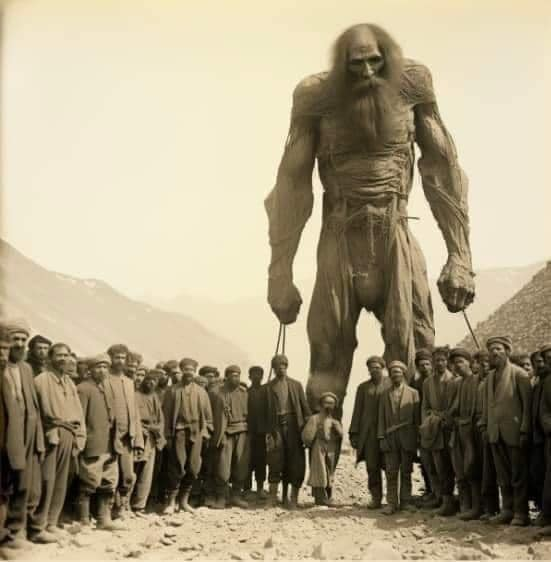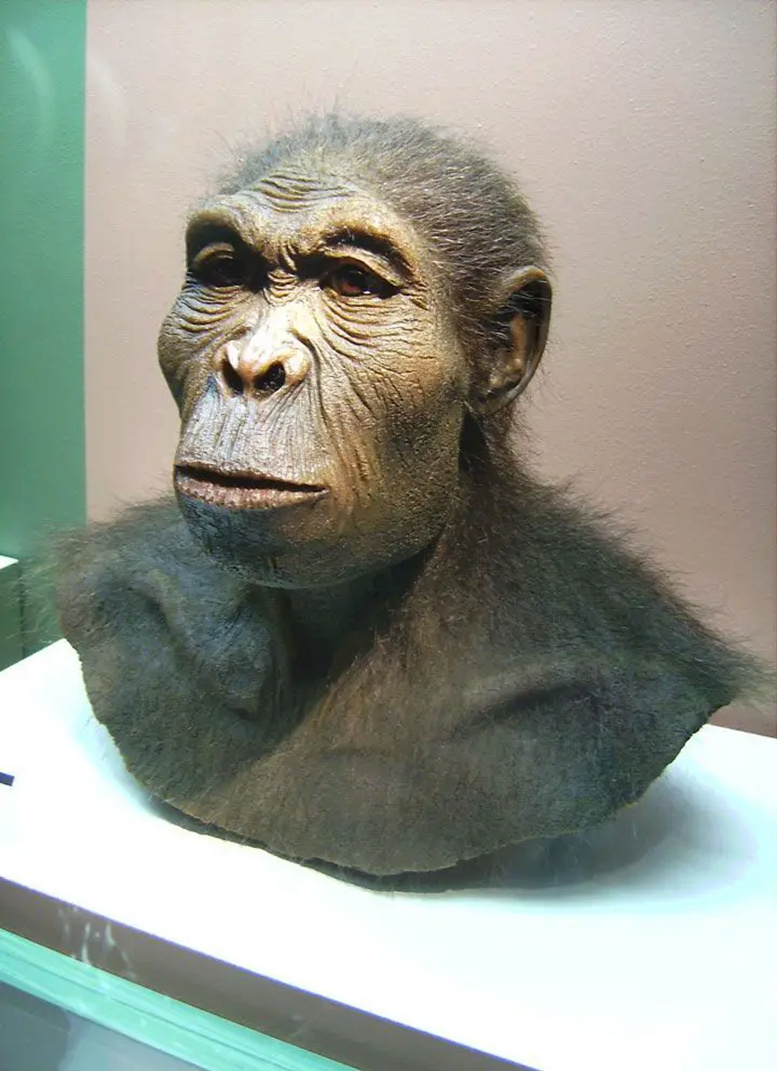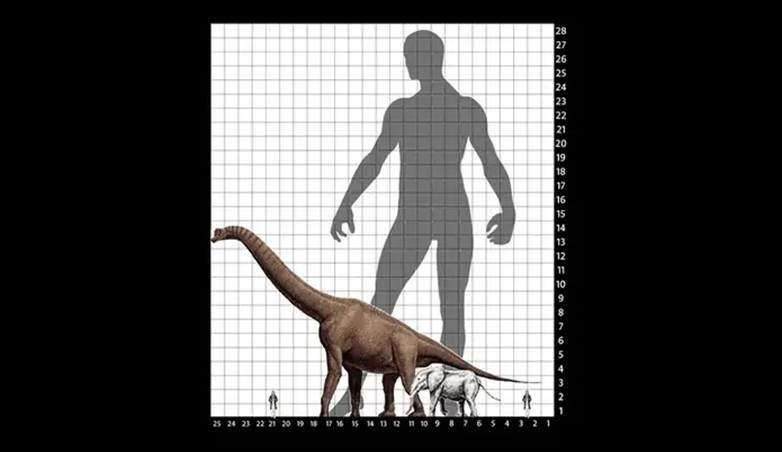The myth of sixty cubits

Adam is considered one of the most famous figures on this earth. His legend constitutes the main focus of the Abrahamic doctrine of creation. According to legend, he is the first of humanity and the ancestor of all. He is also the first to commit sin, and this led to his expulsion and his wife from the Garden of Eden to a land full of hardship, torment, and death for him and his entire descendants until the Day of Judgment. .
As a religion inspired by the Judeo-Christian faith, Islam adapted the Adam myth almost identically, but added to it and modified it somewhat. Among these additions is the detailed description of Adam’s appearance, and from this description Muslim clerics agree that he was sixty cubits tall (that is, approximately twenty-eight meters). This description appears in the Two Sahihs, and it is a unique description of Islam, unlike other religions that adopt one form or another of The myth of Adam and the beginning of creation.
Here, such a number must be placed in its correct perspective. The largest land creatures to ever set foot on Earth were sauropods, a type of giant herbivorous dinosaur. The greatest of these giants weighed about one hundred tons in their heyday, and their length ranged between twenty and thirty-five meters, while their towering height reached more than fourteen meters. However, these giants of the earth seem like dwarfs compared to the description of Adam in Islam, as Adam stands at a height equal to twice the height of the greatest land creatures ever, making him the second largest living creature on earth, sea and land, after the blue whale.
The fossil record and history of human height
The appearance of man on Earth began about two million years ago, and the oldest species of man was called Homo habilis, and this sparked the beginning of the human race (Homo). If we assume that Adam was the “first human” (with reservations about this term because it is not scientific), it is likely that he belonged to the type of Homo habilis, and this puts his average height according to the fossil record at about 135 cm, meaning that it is much shorter than the claim that his height was 28 metres; And even shorter than the average height of modern humans.

However, if we assume that Adam was the first human, or the so-called Homo Sapiens, then the oldest fossil found of Homo Sapiens (i.e. us) was discovered in Jebel Irhoud in Morocco, which is estimated to be at least three hundred thousand years old, and consists of... Of bone fragments from the face and head of five individuals.
It is worth noting that the dimensions of all these fossils fell within the expected range, which is the normal size of a modern human, and this is the case in all cases from the oldest fossils to the most recent. Although the average human height has been decreasing over the past forty thousand years, the longest average that humans have ever reached is In their history, it did not exceed 183 cm, much shorter than the Islamic claim.
Based on this mathematical principle, any significant increase in the size of a living organism will result in a clear weakening of its muscle strength, because the cross-sectional area of the muscle (which determines its strength) doubles in a square manner, while its mass (which depends on the size) doubles in a cubic form. Therefore, Muscles (and bones) will not be able to bear the enormous weight that accompanies an Adam-sized body.
In short, every step Adam takes will shatter every bone in his legs, and this effect is evident among the giants of the real world
Science says that there have never been or will be people who are 30 meters tall, because it is biologically and physiologically impossible. If the human body exceeds a certain size, the internal systems will not perform their functions as they should, such as blood circulation, breathing, and movement. This leads to problems with heart and skeletal function, as well as an inability to support these massive bodies against gravity.

In conclusion, all of this evidence and evidence proves the impossibility of the existence of a human being (or even a non-human being) of such enormous size at any time, and therefore it is the duty of a rational Muslim to ask himself about the validity of what he has inherited from the religious heritage and Islamic text. Either the mind prefers and adjusts the religious narrative, or it prefers transmission and disables its brain for the sake of ideological delusions.
Source: websites

